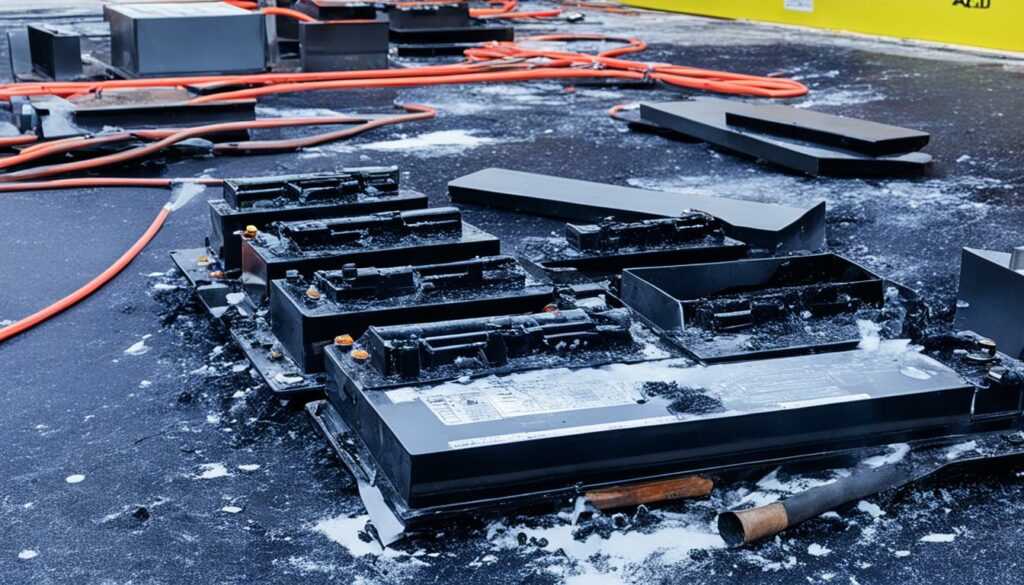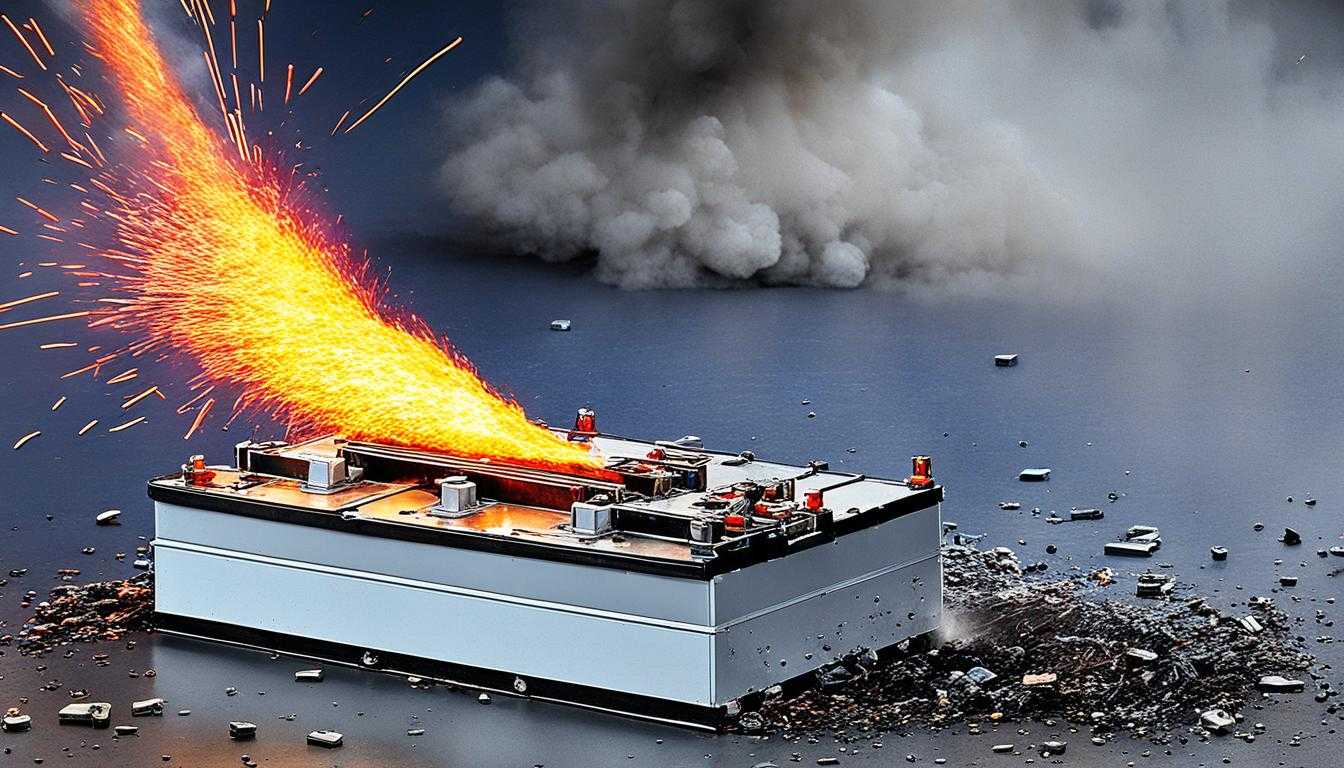Lead-acid batteries are widely used in various applications, but they pose significant explosion risks if not handled properly. The primary causes of lead-acid battery explosions include overcharging, blocked vent holes, and the accumulation of flammable gases. Understanding these risks is crucial for safe usage.
Key Causes of Lead Acid Battery Explosions
- Overcharging: One of the most common causes of lead-acid battery explosions is overcharging. When a battery is charged beyond its capacity, the excess electrical energy converts into heat rather than chemical energy. This leads to the decomposition of water in the electrolyte into hydrogen and oxygen gases. If these gases accumulate and reach explosive concentrations, they can ignite, causing an explosion.
- Blocked Vent Holes: Lead-acid batteries are designed with vent holes to release gases generated during charging. If these vents become blocked due to dirt, dust, or corrosion, pressure builds up inside the battery. When the internal pressure exceeds the battery’s design limits, it can lead to a rupture or explosion.
- Hydrogen Gas Accumulation: Hydrogen gas is produced during the charging process and is highly flammable. If a battery is charged in an enclosed space without proper ventilation, hydrogen can accumulate to dangerous levels. When exposed to an ignition source, such as a spark or flame, this gas can ignite and cause an explosion.
- Improper Charging Equipment: Using an inappropriate charger can also lead to battery explosions. Chargers that deliver excessive current can overheat the battery and cause internal damage, leading to short circuits and potential explosions.
- Physical Damage: Batteries that are physically damaged or have manufacturing defects may also be prone to explosions. Damage can compromise the structural integrity of the battery casing, increasing the risk of failure under pressure.
Safety Precautions to Prevent Explosions
To minimize the risk of lead-acid battery explosions, consider the following safety measures:
- Use Proper Charging Equipment: Always use chargers that are compatible with your specific battery type and capacity. Follow manufacturer recommendations for charging voltages and currents.
- Ensure Adequate Ventilation: Charge batteries in well-ventilated areas to allow any gases produced during charging to disperse safely.
- Regular Maintenance: Inspect batteries regularly for signs of wear or damage. Ensure that vent holes are clean and unobstructed.
- Avoid Overcharging: Monitor charging times and avoid leaving batteries connected to chargers longer than necessary.
- Install Safety Devices: Consider using explosion-proof enclosures or safety valves on batteries in high-risk environments.
Latest News on Lead Acid Battery Safety
- Regulatory Changes: Recent regulatory updates have emphasized stricter safety standards for lead-acid batteries in industrial settings, focusing on preventing hazardous incidents.
- Innovations in Battery Technology: New technologies are being developed to improve the safety features of lead-acid batteries, including better venting systems and enhanced monitoring capabilities.
- Increased Awareness Campaigns: Organizations are launching campaigns aimed at educating users about the risks associated with lead-acid batteries and best practices for safe handling.
Redway Expert Comment
As experts in lithium LiFePO4 battery technology, we recognize that while lead-acid batteries have been widely used for decades, they come with inherent risks that must be managed carefully. Overcharging and poor ventilation are critical factors that can lead to dangerous situations. By adopting proper safety measures and staying informed about best practices, users can significantly reduce the likelihood of accidents.”
Conclusion
In conclusion, understanding the risks associated with lead-acid batteries is essential for safe operation. By being aware of potential hazards like overcharging, blocked vents, and hydrogen gas accumulation, users can take proactive steps to prevent explosions. Regular maintenance and adherence to safety guidelines will help ensure that lead-acid batteries operate safely and effectively in various applications.






